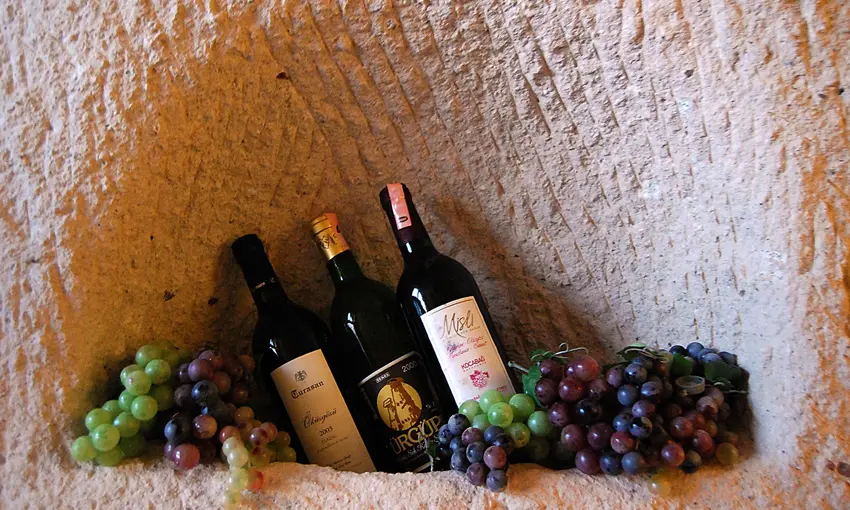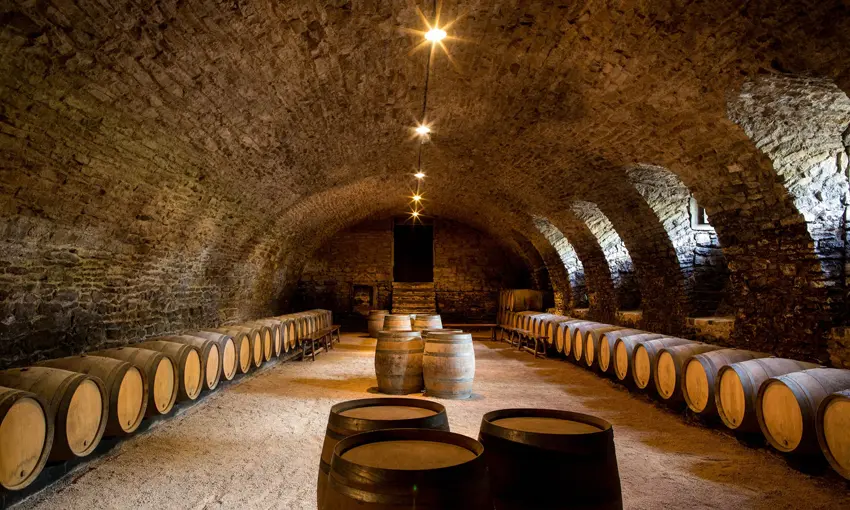Wine Tasting in Cappadocia
History of Winemaking in Cappadocia
For centuries, Cappadocia has been a center for viticulture and winemaking. In this unique region, grape growing and wine production have been traditions passed down through generations. Influenced by many civilizations, from the Hittites to the Romans, and from the Byzantines to the Ottomans, winemaking in Cappadocia has deeply impacted the cultural identity and economic structure of the area. Today, this ancient craft, blended with modern techniques, continues to thrive, preserving its cultural significance and reflecting the spirit of the region. Cappadocian winemaking is a testament to human creativity and resilience, making it a must-see experience.
History
The origins of winemaking in Cappadocia date back thousands of years.
Hittite Period (1600 - 1200 BC)
The traces of winemaking in Cappadocia can be traced back to the Hittite period. The Hittites cultivated vineyards and developed the first winemaking techniques. Wine played a significant role in Hittite culture, both in religious rituals and social events.
Roman and Byzantine Period (30 BC - 395 AD)
During the expansion of the Roman Empire, winemaking in Cappadocia flourished. The Romans advanced viticulture techniques and winemaking methods, making the region an important wine center. This tradition continued during the Byzantine period, where wine became both a commercial product and an integral part of daily life.
Seljuk and Ottoman Period (1071 - 1922)
In the Seljuk period, new viticulture techniques and winemaking methods influenced by Islamic art emerged. During the Ottoman period, Cappadocian winemaking reached its peak. Viticulture and winemaking became part of Ottoman culture and played a significant role in the region's economic structure.
Winemaking and Tourism
Today, the legacy of winemaking in Cappadocia is not just a relic of the past but a vibrant part of its present, attracting visitors from all over the world.
Vineyard Visits
Tourists can explore the famous vineyards of Cappadocia, discovering the magic of this ancient craft. They can observe the entire process from grape harvesting to winemaking, becoming part of this enchanting journey.
Wine Tasting
Wine tasting events in Cappadocia offer visitors the opportunity to experience the unique wines of the region. Each sip provides a taste of the area's history and cultural heritage.
Education and Courses
For those seeking a deeper connection, some wineries offer short courses and educational programs on winemaking. These programs allow participants to produce their own wine and take a piece of Cappadocian culture home with them.
Winemaking Process
Winemaking in Cappadocia is a symphony of steps, each integral to the final masterpiece.
Grape Harvesting
- Grape Picking: The journey begins with the harvesting of the finest grapes from the fertile vineyards of Cappadocia. These grapes, nurtured by the unique climate and soil of the region, are of high quality and used in winemaking.
Fermentation
- Crushing and Pressing: The harvested grapes are crushed and pressed, extracting the grape juice which is then prepared for fermentation.
- Fermentation: The grape juice is kept at specific temperatures during the fermentation process. This stage is crucial as it defines the character of the wine.
Aging and Storage
- Aging in Oak Barrels: After fermentation, the wine is aged in oak barrels. This process adds depth and complexity to the wine, developing unique aromas and flavors.
- Bottling and Resting: Once the aging process is complete, the wine is bottled and left to rest for a certain period. This stage helps the wine develop its final flavor profile.
Wine Tasting and Sale
- Quality Control: Each bottle undergoes a rigorous quality control process to ensure that only the best wines reach the market.
- Tasting and Sale: The finished wines are offered in local wine houses, shops, and restaurants. Visitors have the chance to taste and purchase these unique wines.
Conclusion
Winemaking in Cappadocia is not just a craft; it is a reflection of the region's history, culture, and spirit. Each bottle echoes the voices of artisans from long ago and celebrates the skills of those who continue the tradition. By preserving and promoting this ancient art, Cappadocia offers the world a glimpse into its rich cultural tapestry. We invite you to explore, experience, and cherish the magic of Cappadocian winemaking.
FAQs
- What makes Cappadocian winemaking unique?
Cappadocian winemaking stands out due to its deep historical roots, traditional techniques, and unique grape varieties inspired by the region's rich cultural heritage. Each bottle blends history and artistry, making it truly special.
- Can tourists participate in winemaking?
Yes, many wineries in Cappadocia offer courses and hands-on experiences for tourists to learn the art of winemaking. These sessions provide an opportunity to create personal masterpieces and connect with the local culture.
- What traditional grape varieties are used in Cappadocian wines?
Common grape varieties in Cappadocian wines include Emir, Narince, and Kalecik Karası. Each variety reflects the history and climate of the region.
- How has modern technology influenced winemaking in Cappadocia?
While modern technology has introduced new tools and methods, many winemakers in Cappadocia continue to use traditional techniques, preserving the craft's authenticity and heritage. This blend of old and new ensures the art form remains vibrant and relevant.
- Where can I buy authentic Cappadocian wines?
Authentic Cappadocian wines can be purchased directly from local wineries, vineyards, and specialty shops in the region. These wines are often signed by the winemakers, guaranteeing that you take home a true piece of Cappadocia.
For reservations and detailed information, just fill out and submit the reservation form. We're here to help, so don't hesitate to reach out to us!


